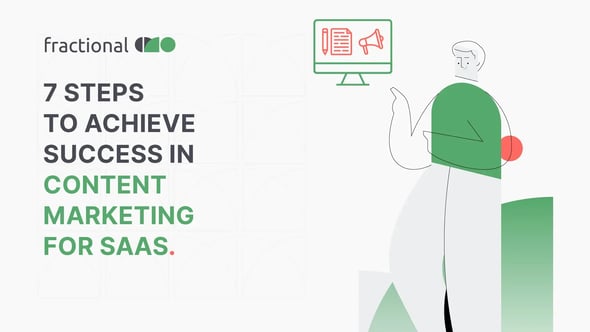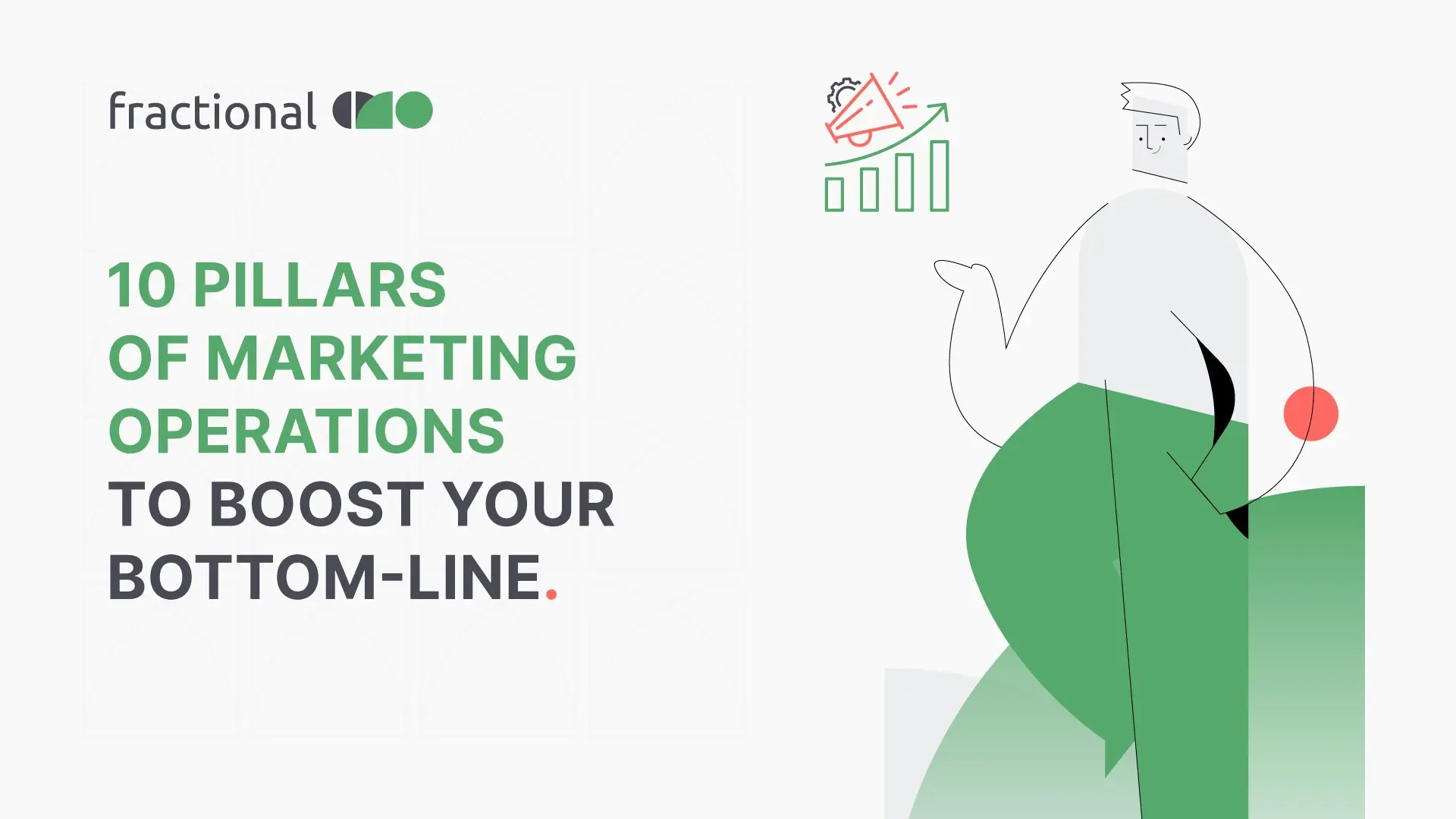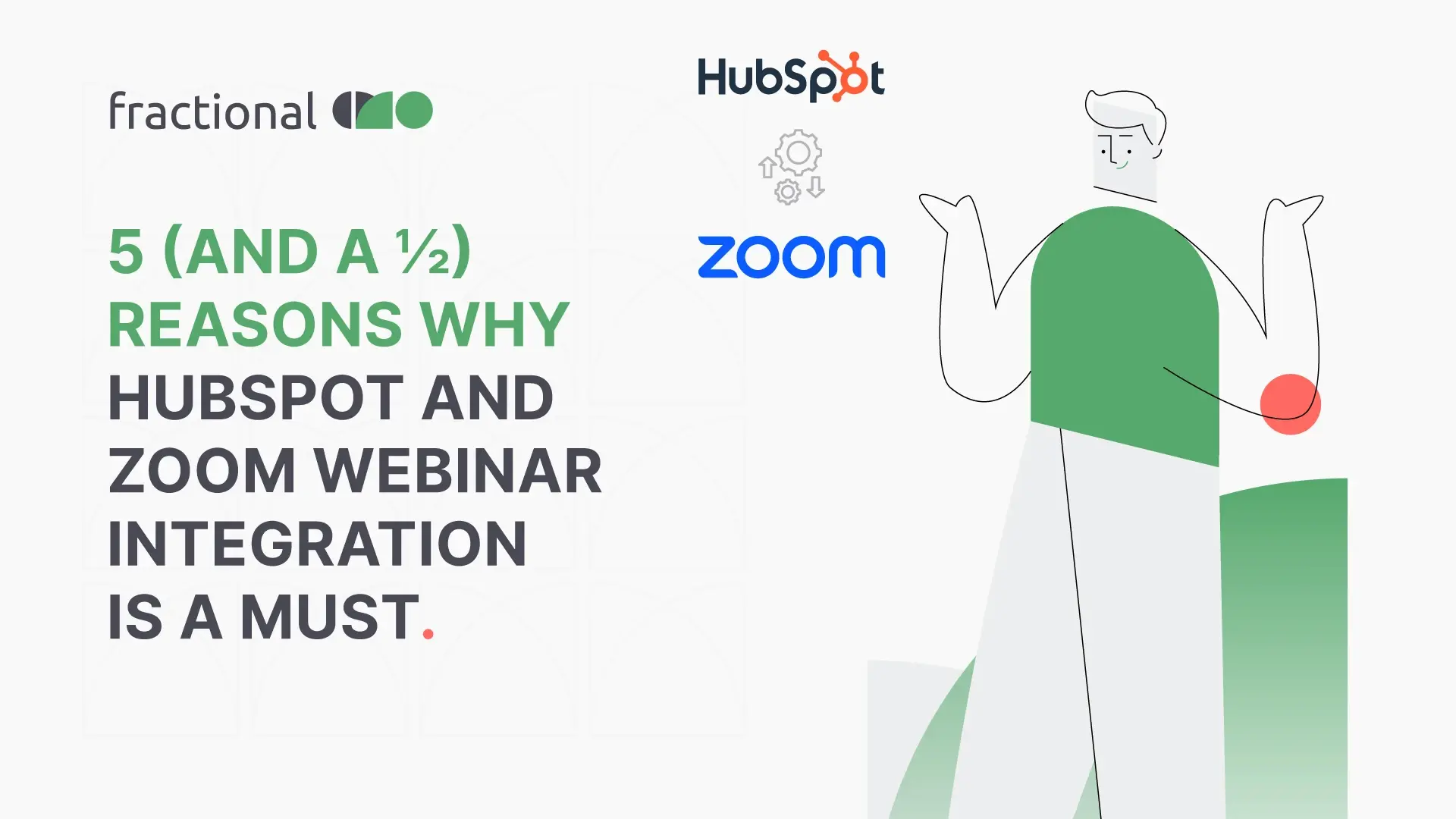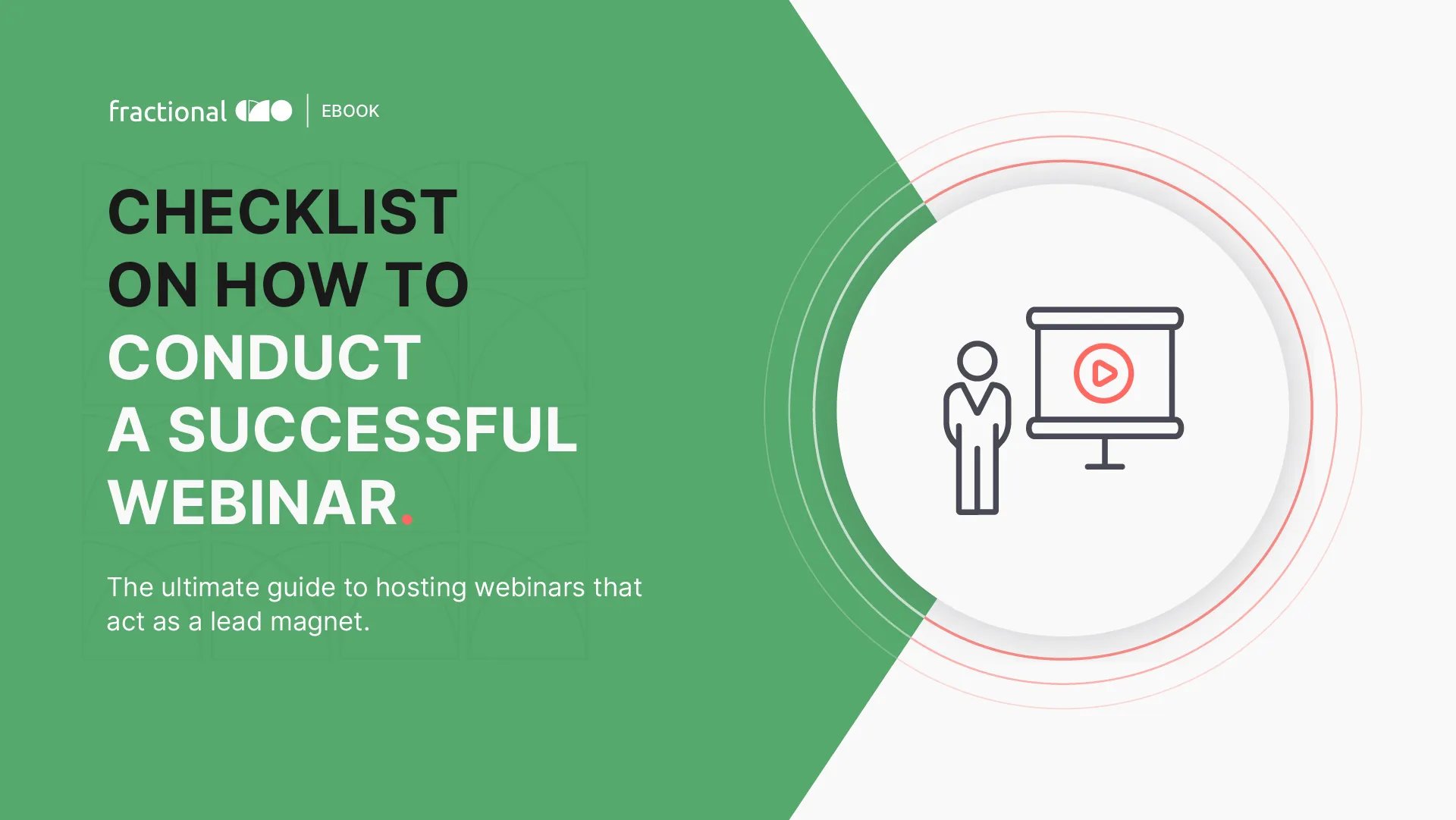7 Steps to achieve success in content marketing for SaaS

Strategic planning and execution is the appetite for successful content marketing for SaaS.
Source: Giphy
This blog talks about 7 steps to create an unbeatable strategy for SaaS content marketing. This would help increase the website traffic for SaaS businesses since your business will be ranked high on the search engine results page.
Let’s dive in to understand how content marketing for SaaS companies is different compared to other industries.
Content marketing for SaaS: What’s different?
Content marketing for SaaS varies from the marketing for other industries in a lot of manners:
- For SaaS, you are not just selling technology products, but also services.
From a bird’s eye view, SaaS sales seem like selling just a software product. Instead, it includes support too. When the prospects lookout for your products, they are also looking out for a good service provider.
- Your audience is usually looking for SaaS products on digital platforms, making Search Engine Optimization an essential part of your marketing strategy.
- Educating your prospects needs to be a key part of your plan since your audience usually finds out about your products through resources like a whitepaper or blog.
- Website reviews are also the place where your audience comes to know of your product and services’ quality. Your sales highly rely on company reviews.
- Since a typical sales cycle is long, your marketing strategy should include repurchases by the same client.
Moving on to the heart of the blog - steps for successful content marketing for SaaS.
7 steps to a successful content marketing for SaaS
In a gist, an effective content marketing strategy for the SaaS business comprises marketing research and planning, content creation, and measuring the impact of the marketing efforts.
Read how Agile CRM strategized its content marketing. Click on the case study link below:
An impactful content marketing strategy can further be divided into 7 steps:
Know your target audience
Begin by knowing your ideal customer. Create a list of questions to ask yourself for creating categories of your target audience. These questions can be:
- What is their gender?
- What is the age bracket?
- What income bracket do they fall in?
- What are their followed social media pages?
- Is your audience a company or a consumer buyer?
These are just a few potential buckets that you can use. You can create your tailor-made list of questions to zero in on your target audience. To make life easier, you can use analytics tools offered by platforms like Facebook, to analyze the attributes of your current social media followers. Doing this can help you identify similar prospects that fall in your category buckets.
How will this information help you? This will aid you in creating your ideal buyer persona, which would help you to know who to target and how to target them into conversion. It’s possible to have multiple buyer personas at the same time. The strategy would be different for each profile.
Source: CoSchedule
Understand their pain areas
The next key step is to identify the pain areas of your audience. What is it that they need and what influences their buying behavior! That way, you can create a marketing strategy to cater to those pain points.
Source: Digital Marketer
The best way to understand the pain areas is to create a customer journey road map. This map depicts what led them to have an interest in your product to make the final purchase from you. These phases include:
- Being aware of your product’s existence
- Searching for your website and taking up a free trial if you the interested
- Converting to a customer
- Adopting the new features and additional products
There is more to the phases, not limited to the above.
Once your marketing strategy begins revolving around the pain areas of your customer which made them lookout for a solution like that offered by your company, you have done your job well!
There can be several categories of pain points, and some of them can be common and some can be unique to your industry or business. Make sure to have a holistic approach.
Zero in on the keywords to target
Your potential and actual customers search for information online, by typing in certain intent-based keywords throughout their purchase journey. For instance:
- While searching for a solution to a particular pain point, they might type in - “how to” do a certain thing.
- Once they come to know of your brand, they might type in keywords to look for reviews.
- After they purchase from you, they might look for tips to set up your product for usage.
- For customer service concerns, they might look for resolutions
Once you create content for each stage of your buyer’s journey, providing for their needs as they move forward, your job is done. This helps increase customer satisfaction and retention.
Some effective keyword research tools are available online, such as Google Keyword Planner, Moz, Ahrefs, BuzzSumo, and more.
Source: Ahrefs
Determine the goals and key metrics of your campaign
Before bouncing right into your content marketing campaign, define what are your marketing goals. Doing this would help you align your marketing efforts with your objectives and analyze the performance of your campaigns.
There are certain Key Performance Indicators (KPIs) that you should deep dive into, to understand how are you doing concerning your marketing objectives. For instance, with regard to the SaaS industry, the following metrics are essential to be tracked:
- Lead Conversion Rate (LCR) - This tells you the number of conversions vis a vis the opt-ins for emails, website visits, or registrations for a product demo.
- Customer Acquisition Cost (CAC) - This metric calculates the total marketing cost incurred in acquiring a customer.
- The registrations for free trials that are generated from your blog or guide pages can be identified and segregated.
- Requests for software demos can also be tracked similarly.
For more information read this resource on the marketer’s guide to SaaS business metrics.
Develop your content creation process
Once you are done with keyword research and goal defining, begin creating the procedure for creating content to achieve those goals. This procedure includes certain steps:
- Content research - Ensure indulging in extensive research on the content to be produced concerning the search intent of the buyers in your industry.
- Content calendar - Post completion of the research, create a clear content calendar that includes different types of content pieces, like blogs, eBooks, guides, case studies, etc. This is done to cater to the different stages of the buyer’s journey.
Pro Tip - Do not create a calendar for too far away a period. This ensures you pay heed to the recent developments in the market as and when they happen and include those in your calendar. - Creation of content - Begin creating high-quality content to solve the pain points of your audience. Make sure you review it after the first draft. Also, the goals of each content piece should be well-defined, whether it is for educating your audience, increasing your brand awareness, or for lead generation.
Here’s a quick resource to help you understand what SaaS startups need to do to improve brand visibility. - Content scheduling - Create a sustainable content publishing schedule per your marketing goals and your production bandwidth.
Devise your content distribution strategy
Content distribution strategy includes the frequency and the platforms where you will be distributing your content. An effective distribution strategy should answer the following questions:
- Which social media platforms would you use to publish your content
- For the website content, would your content be found in the blogs section or a guide section, or someplace else
- Would you have all your content readily available to read or keep some gated for only those who sign up
- What websites would you partner with, for guest posting
Pro Tip - There are a lot of marketing automation tools available like HubSpot, for easing and speeding up your content distribution activities.
Keep track of the outcomes and make modifications accordingly
You have spent hours and days creating a rock-solid content marketing strategy. You wouldn’t want it to fall on its head, right?
To ensure it doesn’t monitor the performance of your marketing efforts by keeping an eye on the KPIs. If it doesn’t show positive results, you need to revisit your strategies.
Source: SEMRush
There are certain effective analytics tools available in the market, which can assist you in monitoring the campaign performance through dashboards, wherein you can measure your KPIs.
A regular review process ensures that you know which content types are producing the best results and how can you replicate those in the other content pieces. You can, therefore, promote the best-performing content to gain traction.
Conclusion
You might be creating good content consistently, but it is no good without a proper content creation and delivery strategy.
Understand who your content is targeted at, what that target is looking for, what keywords are they typing in to search for solutions, what is the goal of your marketing, how can you measure your marketing performance, how can you create quality content, and how can you distribute that content, and how can measure the outcome and make changes if required.
Following the above steps would ensure that your content marketing for SaaS is immensely successful and creates a desirable impact, and hence a higher revenue for your SaaS business!
Read this blog for the top 5 content marketing trends to follow in 2021!
We, at Fractional CMO, have years of experience in implementing a strong content strategy. With in-depth buyer insights and industry-leading software, we can enhance your brand awareness, generate leads, and grow your business. Our data-driven SEO and content management program, which includes keyword optimization, on-page, and off-page optimization, and site performance ensures to serve your audience with the information they are looking for and can trust.
Get in touch with us today!









